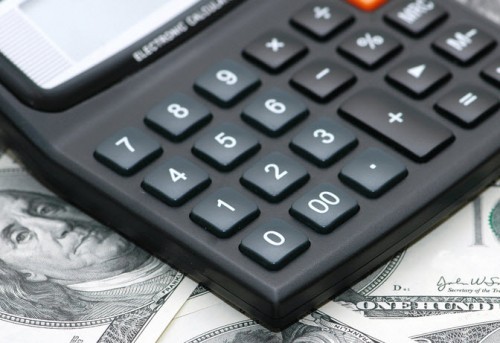Bond Value Calculator What It Should Be Trading At
Post on: 22 Май, 2015 No Comment

Explains why bond prices and interest rates move in opposite directions, and helps you to determine a bond’s expected trading price.
This free online Bond Value Calculator will calculate the expected trading price of a bond given the par value, coupon rate, market rate, and years-to-maturity.
If you don’t know the answer to the questions, What are bonds?, or How do bonds work?, be sure to visit the Yield to Maturity Calculator page that includes a basic definition of bonds and a brief explanation of how they work.
What is Bond Valuation?
Bond valuation is a method used to determine the expected trading price of a bond. The expected trading price is calculated by adding the sum of the present values of all coupon payments to the present value of the par value (no worries, the bond value calculator on this page performs all of the calculations for you).
Why Do Bond Prices Change?
Since the price of bonds trend in the opposite direction of interest rates, the price an investor is willing to pay for bonds tends to decrease as interest rates rise, and increase as interest rates decline. If this sounds confusing to you, perhaps a simple example will help clear the air.
Why Bond Prices and Interest Rates Move In Opposite Directions
To illustrate why bond prices and market interest rates tend to move in opposite directions, suppose you purchased a 5-year, $1,000 bond at face value that was paying a 7% coupon rate.
Now, suppose market interest rates rise. thereby causing bonds similar to yours to offer, say, an 8% coupon rate. If you were looking to sell your 7% bond, you would need to discount the price of your bond to the point where the buyer would achieve the same total return being offered by the bond paying 8%. Using the bond valuation formula that’s built into the bond value calculator, we can determine that an investor would need to be able to purchase your $1,000 bond for $960.07 in order to get the same total return as the one paying 8%.
On the other hand, suppose market interest rates fall. thereby causing bonds similar to yours to offer only a 6% coupon rate. If you were looking to sell your 7% bond, your bond is obviously worth more than bonds paying only 6%. In this case, using the bond valuation formula that’s built into the bond value calculator, we can see that an investor should be willing to purchase your $1,000 bond for $1,042.12, as that price would still net the investor the same total return as the one paying 6%.
Those two examples should help to explain why interest rates have an inverse relationship with bond prices. And it’s a good thing they have this inverse relationship.
The Function of Price Fluctuations
The underlying reason bond prices rise and fall is to bring the rates of older bonds into line with prevailing rates. Were it not for these price fluctuations, there would be no liquidity in the bonds market and very few issuers. After all, no one would be willing to buy bonds at par value if the bonds were paying lower interest rates than the prevailing rates, and issuers would not issue bonds if doing so would cause them to pay a higher interest rate than if they were to borrow the money elsewhere.
Maturities and the Effects of Interest Rate Changes
The more you use the bond value calculator, the more it should become clear that the effects that changing interest rates have on the price of a bond tend to become less and less the closer it gets to its maturity date. This is because the interest rate risk (risk of missing out on higher interest rates) decreases the closer bonds get to their maturity dates.
With that, let’s use the Bond Value Calculator to calculate the price of a bond given its face value, coupon rate, market rate, and years-to-maturity.














